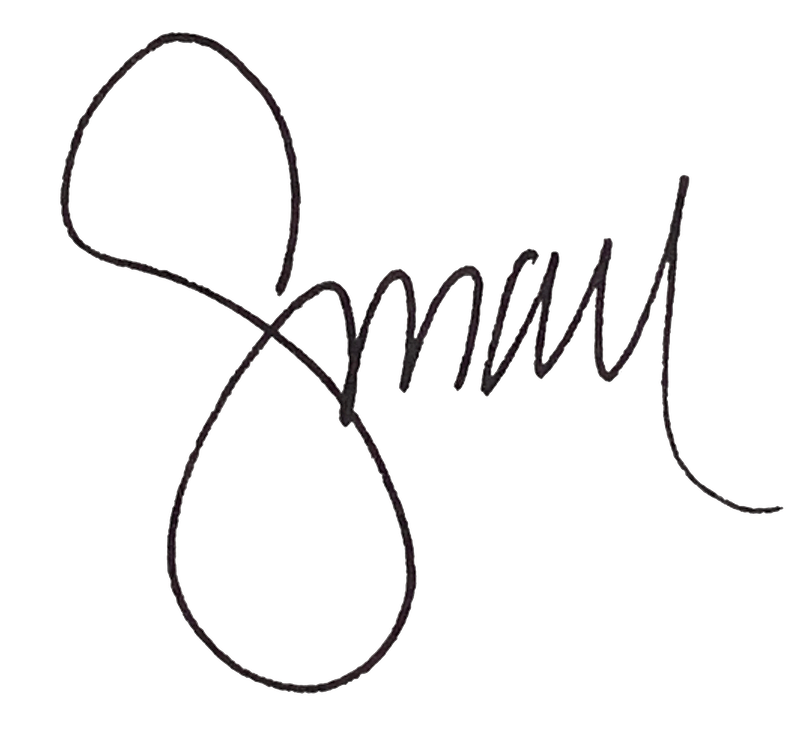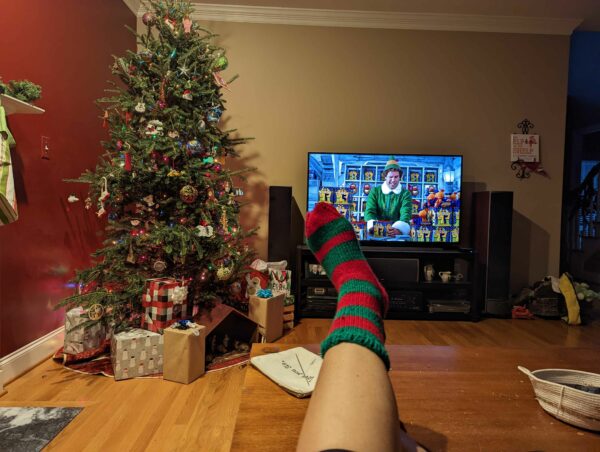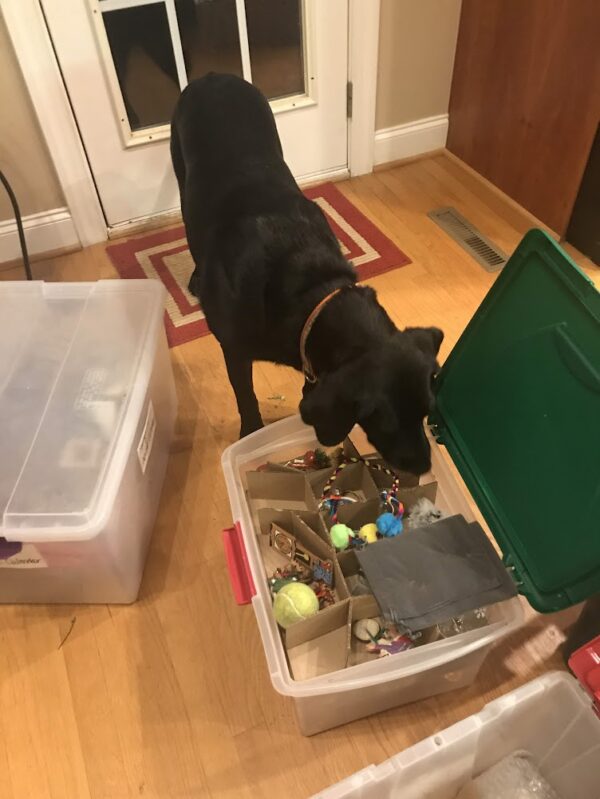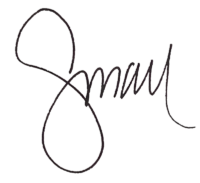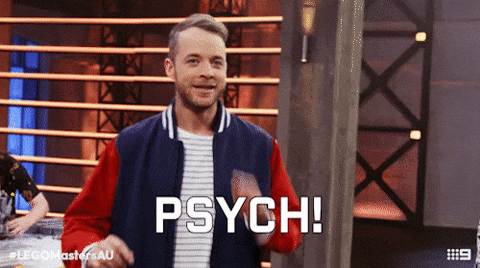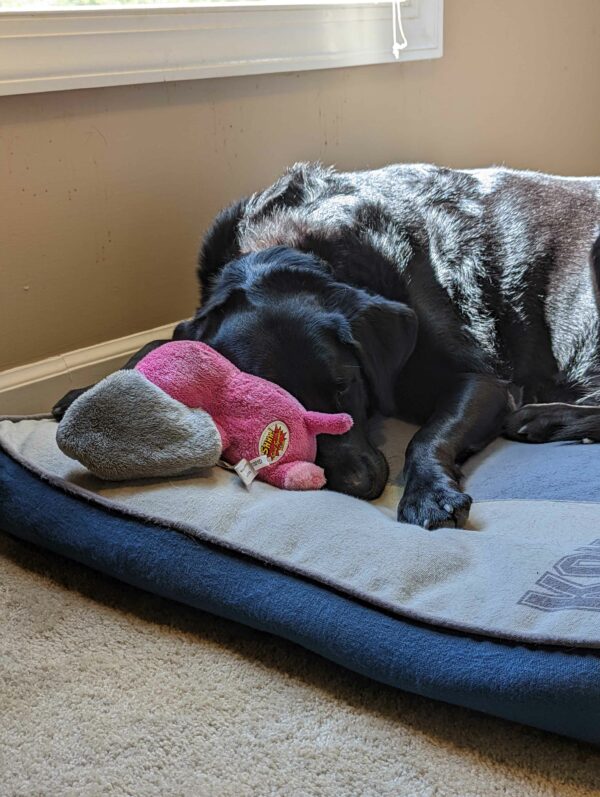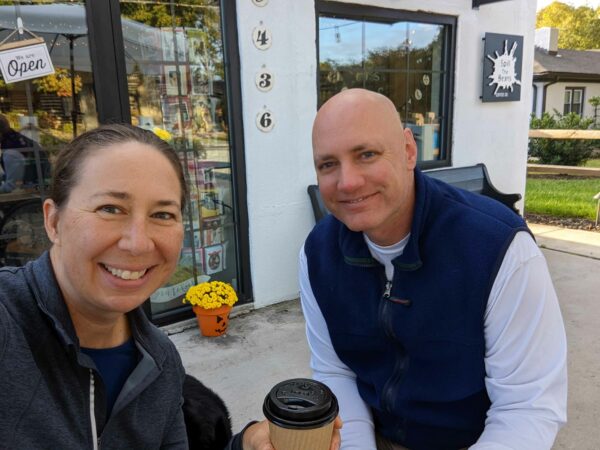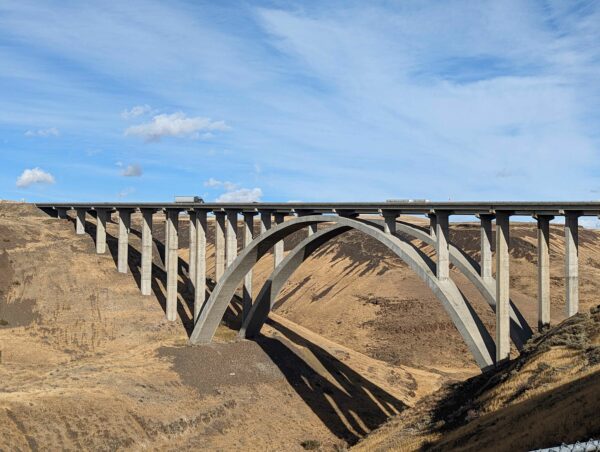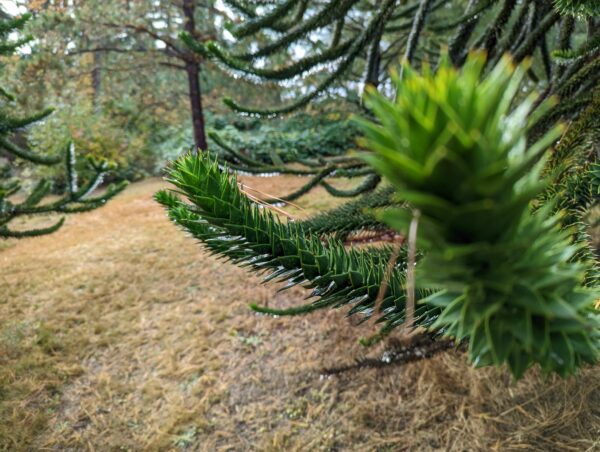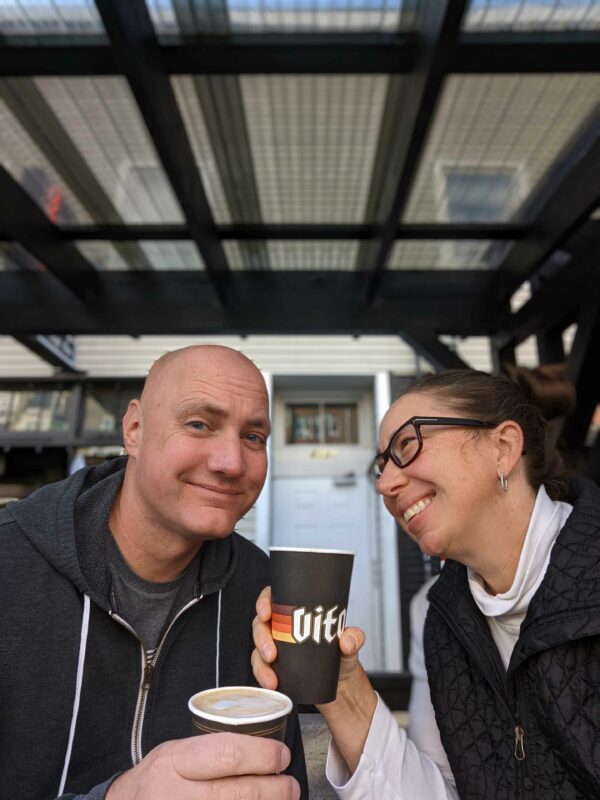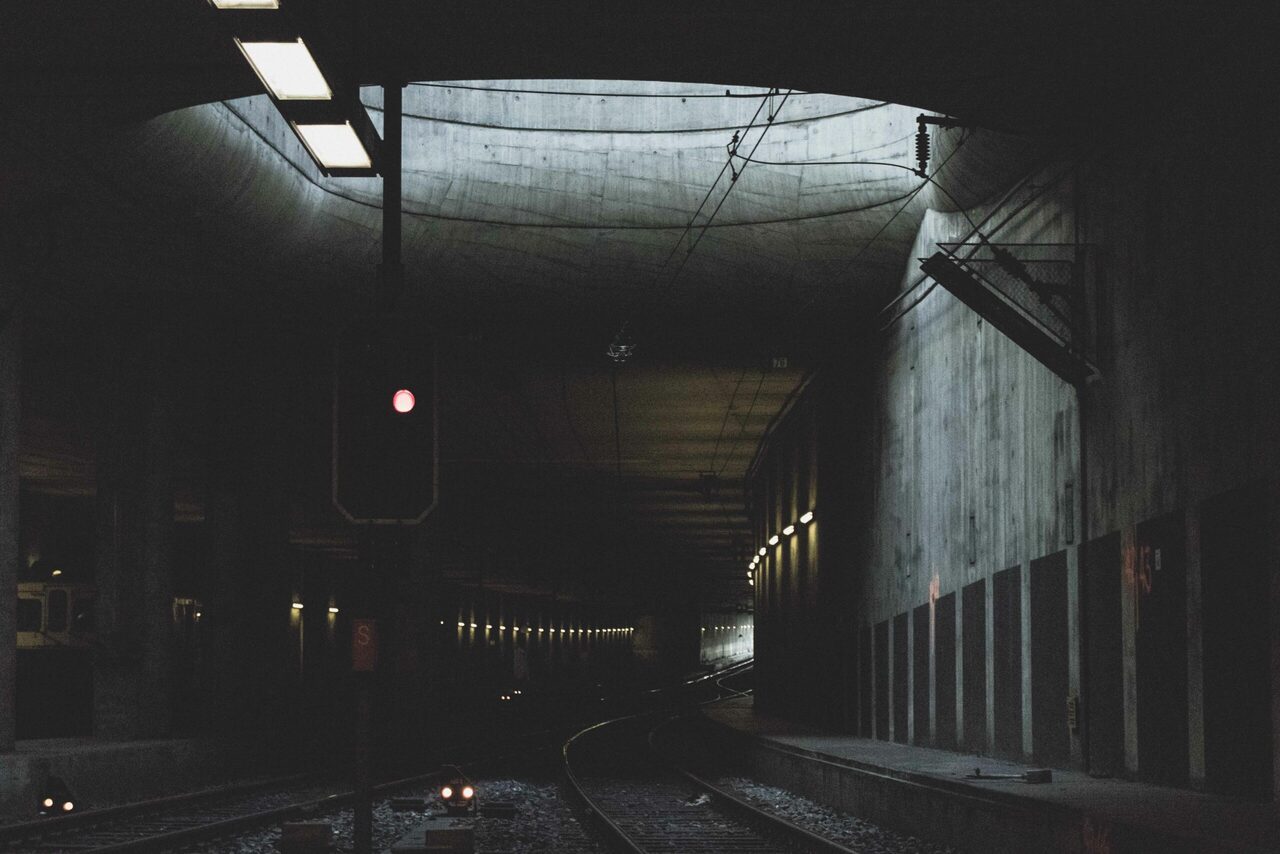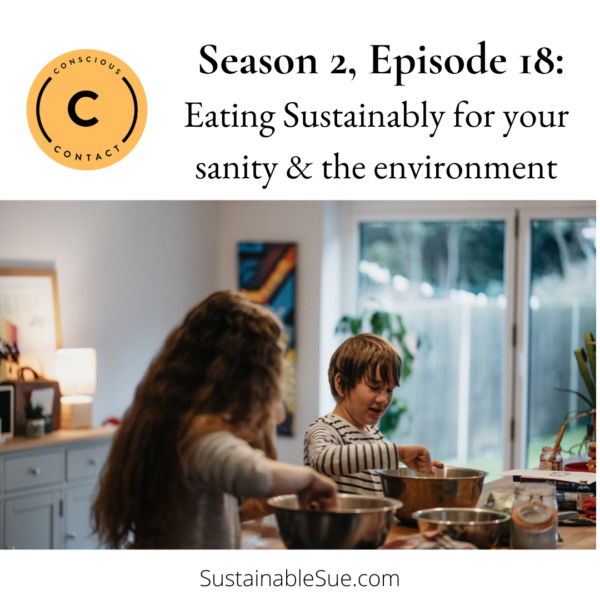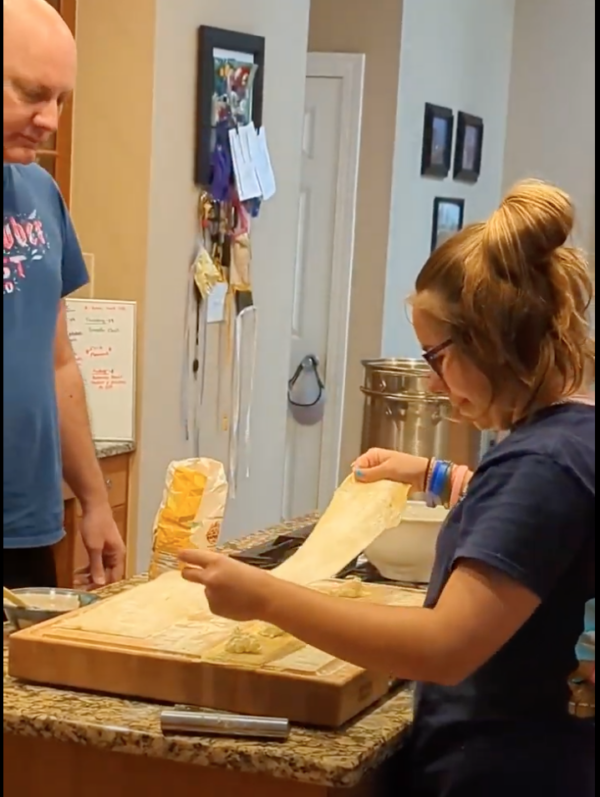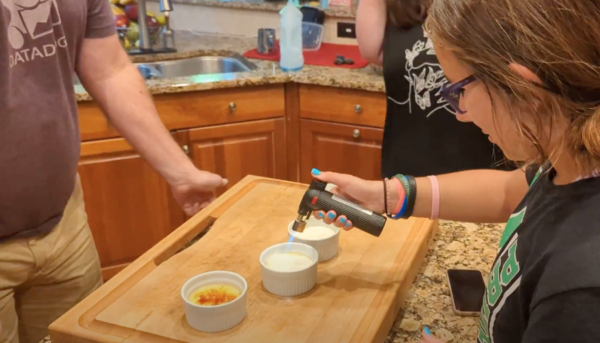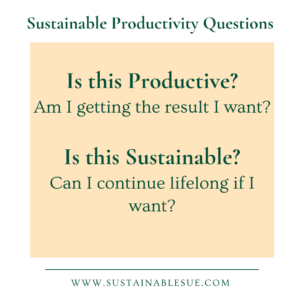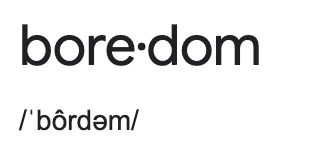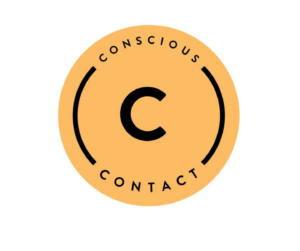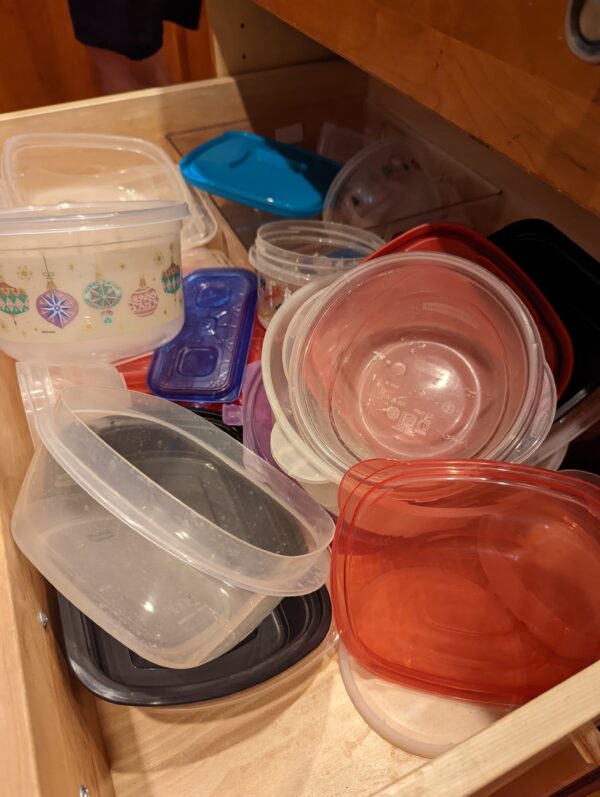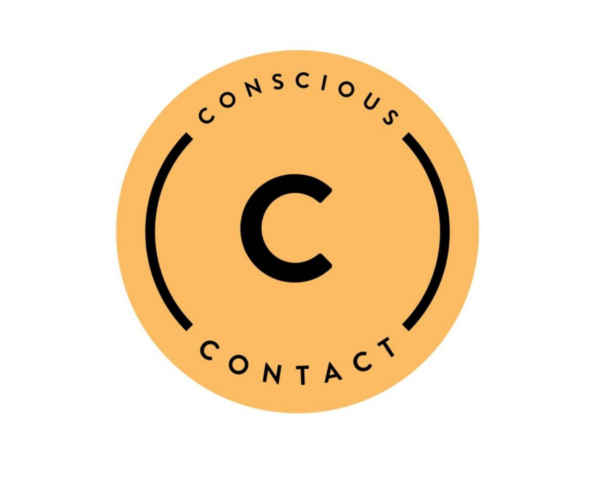Ask the Right Questions
It is not enough to just ask questions, we need to ask the right questions. The questions that might need a pause before answering or that you might still be thinking about later. The questions that might make you change your mind.
Let’s break down why it is important to ask the right questions.
Example One
Here is a recent scene in our house. Bixby and I were trying to figure out when we would go for our lunch break walk. This is a common mid day reprieve that can happen anywhere between 11:00 am and 4:00 pm, depending on when we have meetings and such. This particular day it was raining on and off so we were planning around Mother Nature instead of Captain Calendars.
Sue: Alexa, what is the weather?
Alexa: blah blah blah 60 degrees blah blah blah
It was super unhelpful and did not answer the question.

Bixby is freakishly good at the “ask the right question” concept.
Bixby: Alexa, when will it stop raining?
Alexa: The rain should stop in Greensboro at 11:45 am.
Out the door we went. Boom, ask the right question.
Example Two
One of my Sustainable Sue goals for this year is to write for an editor. Sure, I edit before hitting publish on the weekly essay, but I am not an editor. One of the best ways to improve writing is to write for an editor. So I have been searching for calls for submissions for various publications.
My initial Google search, “Calls for submissions” resulted in 250 MILLION results. This was a smidge time prohibitive to sift through. I decided to try again with a better search question, “Calls for submissions burnout 2023”.
Result: 488,000. This was much more manageable.
It is important to ask the right question, but maybe you are seeking clarity on why to ask at all. I would like to gently suggest that if you think you are too busy to stop and ask questions – right or otherwise – you might be the prime candidate to do specifically that: pause and ask.
Why Ask At All?
Curiosity is one of my core values and this often results in the question WHY (or its often more cutting cousin WHY NOT). I want to help you understand why it is important to ask questions at all and especially to try to get to ask the right questions. Engaging in your life means that you are not numbly plodding along doing what you have always done. Sure, routine is important – but even routines get refreshed now and again (if they are Sustainably Productive routines).
If you always do what you always did, you always get what you always got.
My favorite question at this point is this: How is that working for you?
If it gives you the lift you need, ask why this is working for you or how you can get more of it.
If it is working like dragging an anchor through the desert, ask yourself:
- Is this me being busy and feeling important or me being busy and getting the important things done?
- Am I tired from getting things done or context shifting between tasks?
- Do I resent others not showing up for myself because I am not showing up for me?
- Are my hateful feelings because they are taking care of themselves when I don’t seem to be able to get to do that?
- What is keeping me from showing up for myself and taking care of me?
- Is what I am telling myself true?
Is this me being busy and feeling important or me being busy and getting the important things done?
- Am I tired from getting things done or context shifting between tasks?
- Do I resent others not showing up for myself because I am not showing up for me?
Sustainable You Questions
I want to acknowledge that these questions can feel like a roundhouse kick in the gut. Maybe you are reading this message in the car pool lane or while waiting for take out – inopportune times to reflect to say the least. I have put these questions into a freebie that you can download here for you to take to your journal, your therapist, your personal Board of Directors, your partner, your best friend or your Higher Power. Just because something feels unanswerable does not make it wrong. And just because you are skimming along ok on the surface does not make it right.
It might just be the fact you have not asked the right questions yet.
If this weekly essay resonated with you, please share it with a friend. I am trying to grow Sustainable Sue and spread the ideas of Sustainable Productivity. The best way to do that is for you to share with someone you know.
Until next time –
